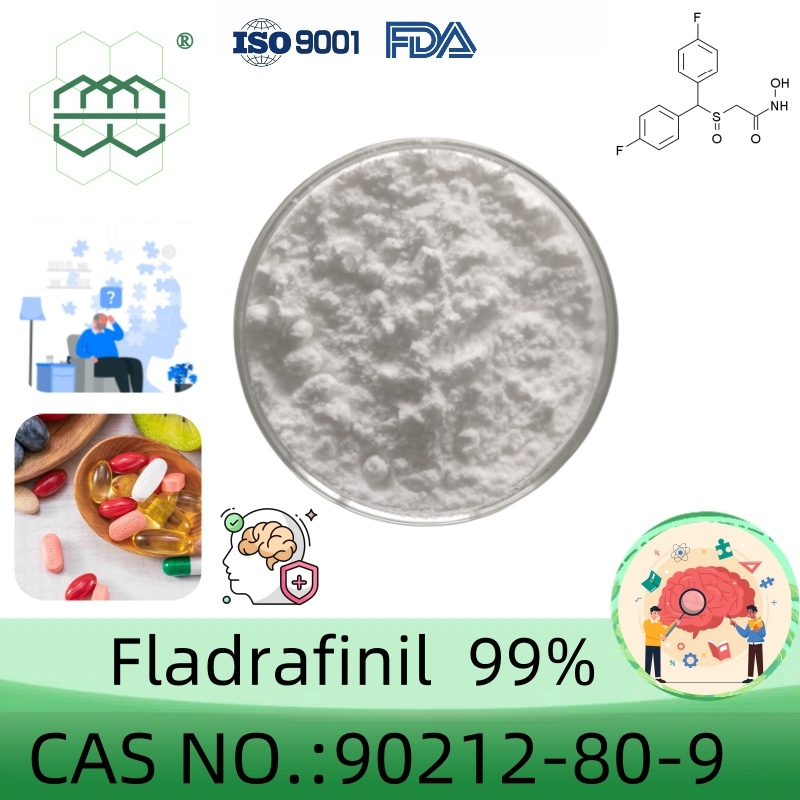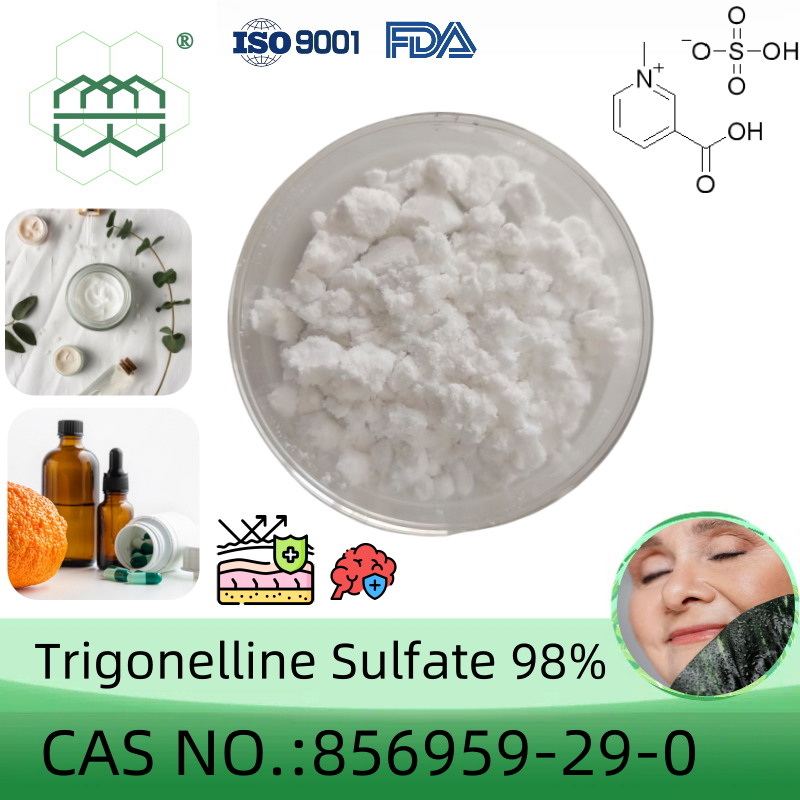-
Categories
-
Pharmaceutical Intermediates
-
Active Pharmaceutical Ingredients
-
Food Additives
- Industrial Coatings
- Agrochemicals
- Dyes and Pigments
- Surfactant
- Flavors and Fragrances
- Chemical Reagents
- Catalyst and Auxiliary
- Natural Products
- Inorganic Chemistry
-
Organic Chemistry
-
Biochemical Engineering
- Analytical Chemistry
-
Cosmetic Ingredient
- Water Treatment Chemical
-
Pharmaceutical Intermediates
Promotion
ECHEMI Mall
Wholesale
Weekly Price
Exhibition
News
-
Trade Service
When it comes to caloric restriction (CR), people often associate it with "weight loss
To test the feasibility of CR in humans and uncover the mechanisms behind its health benefits, a research team from Yale University conducted a genetic analysis of CR participants and compared them with a normal eating group
Before launching the experiment, the researchers first thought about the question: Is it too extreme to extend the 40% CR model in mice to humans? What is the acceptable and most manageable caloric restriction for humans?
Based on a previous large 2-year caloric restriction RCT clinical trial (CALERIE-II), the investigators found that under free-living conditions, a 14% CR was acceptable in humans and was effective in reducing inflammatory markers in the blood thing
To further assess the long-term effects and internal mechanisms of CR, the researchers divided the participants into two groups: the experimental group reduced energy intake by 14% per day for 2 years, while the control group ate a normal daily diet
Taking these two results together, the researchers speculate that SPARC is likely behind the damage to human health, leading to increased inflammation associated with obesity
SPARC is an acidic secreted glycoprotein rich in cysteine and has been implicated in the development of obesity, diabetes, and inflammation
When the researchers compared SPARC adipocyte-deficient mice with normal controls, they found that reducing the SPARC protein produced by the mice's adipocytes not only improved their glucose tolerance and insulin sensitivity, but more importantly, the frailty of the old mice in the experimental group The degree was significantly reduced, and the aged mice were rejuvenated, not only with enhanced grip strength, but also able to run wildly on the spin bar
Overall, energy restriction is designed to reduce SPARC protein production, thereby suppressing harmful inflammation and extending healthy lifespan in old age
(Source: Mays Medicine)
"China Food News" (August 24, 2022 03 edition)
(Editor-in-charge: Han Songyan)







